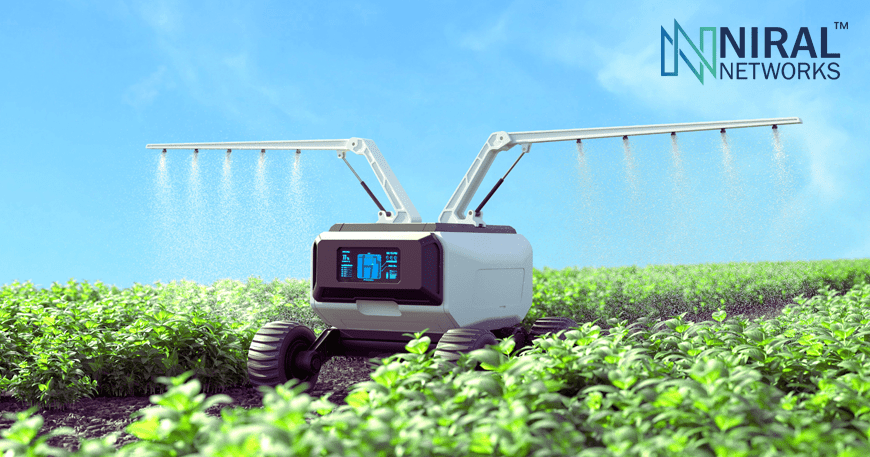In an era where sustainability and environmental preservation are paramount, the agriculture industry finds itself at a crossroads. On one hand, the growing global population demands increased food production; on the other, traditional farming practices are straining our planet’s resources and contributing to climate change. Enter 6G – the next generation of wireless technology poised to revolutionize agriculture, ushering in a new era of sustainable, efficient, and data-driven food production.
At the heart of this revolution lies the promise of unprecedented connectivity. 6G networks will support ultra-massive machine-type communication (MTC), enabling the deployment of millions of sensors and devices across vast agricultural landscapes. This opens up a world of possibilities for real-time, granular monitoring that goes beyond mere crop fields or livestock pens. Imagine being able to track the growth, health, and environmental conditions of individual plants or animals, allowing for precise interventions and optimized resource allocation.
But 6G’s impact extends far beyond mere connectivity. By natively integrating artificial intelligence (AI) and edge computing capabilities into the network itself, 6G will empower local, real-time analytics and decision-making. This means that data from sensors, drones, and other smart farming devices can be processed and analyzed on the spot, without the need for round-trips to the cloud. The implications are profound: AI-powered systems can dynamically adjust irrigation schedules, recommend targeted applications of pesticides or fertilizers, and even predict potential threats before they manifest.
At the heart of this intelligent agriculture ecosystem lies the concept of digital twins – virtual replicas of physical farms that are continuously synchronized with their real-world counterparts. These digital twins will enable simulations, predictions, and precise control of farm operations, taking into account a myriad of factors such as weather patterns, soil conditions, and crop growth stages.
Underpinning this digital transformation is 6G’s unparalleled ability to support autonomous systems. With ultra-reliable low-latency communication (URLLC), fleets of drones, robots, and autonomous vehicles can operate in seamless coordination, performing tasks like crop monitoring, targeted spraying, and even harvesting with unprecedented precision and efficiency. Imagine a future where human labor is augmented, if not entirely replaced, by intelligent machines that can navigate fields, identify potential issues, and take corrective actions in real-time.
But perhaps the most exciting aspect of 6G’s impact on agriculture lies in its potential to promote sustainability. As we embrace these cutting-edge technologies, we must also address concerns around energy consumption and environmental impact. 6G networks, by design, will be energy-efficient, and innovative solutions like zero-energy devices and biodegradable electronics will be essential to minimizing the ecological footprint of this digital transformation.
The journey towards a 6G-powered agricultural revolution is already underway, with numerous EU-funded projects exploring and demonstrating the potential of these technologies. From precision farming in orchards and vineyards to controlled environment farming and biodiversity monitoring, the possibilities are vast and exciting.
As we look to the future, it’s clear that 6G will be a game-changer for the agriculture industry. By enabling unprecedented levels of connectivity, automation, intelligence, and sustainability, this technological revolution promises to usher in a new era of food production that is not only efficient but also environmentally conscious. The future of farming has never looked brighter – or smarter.





